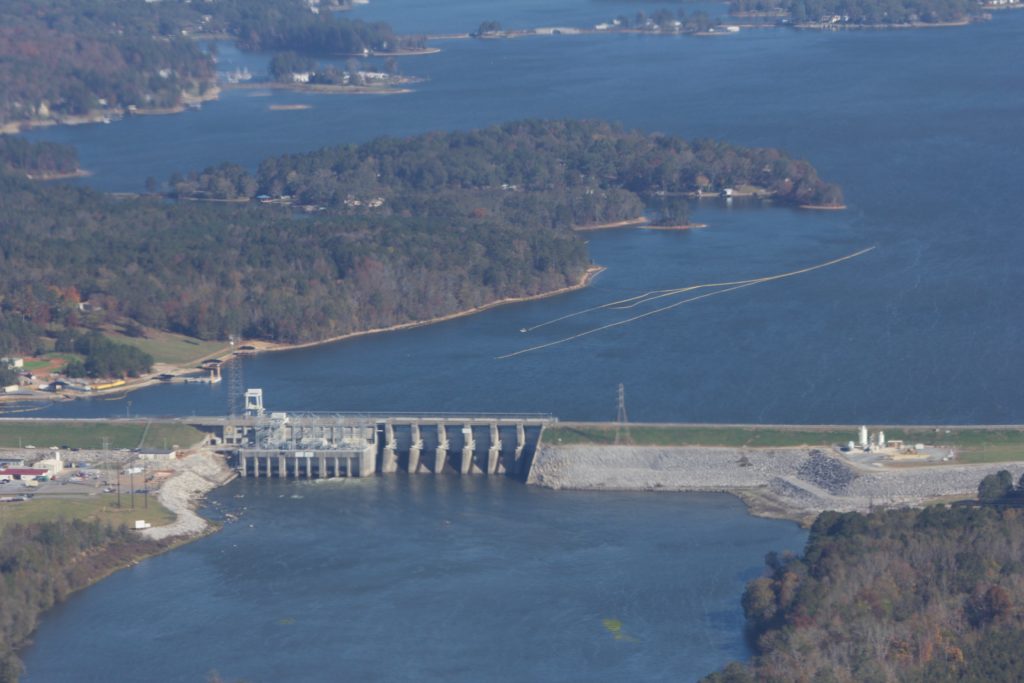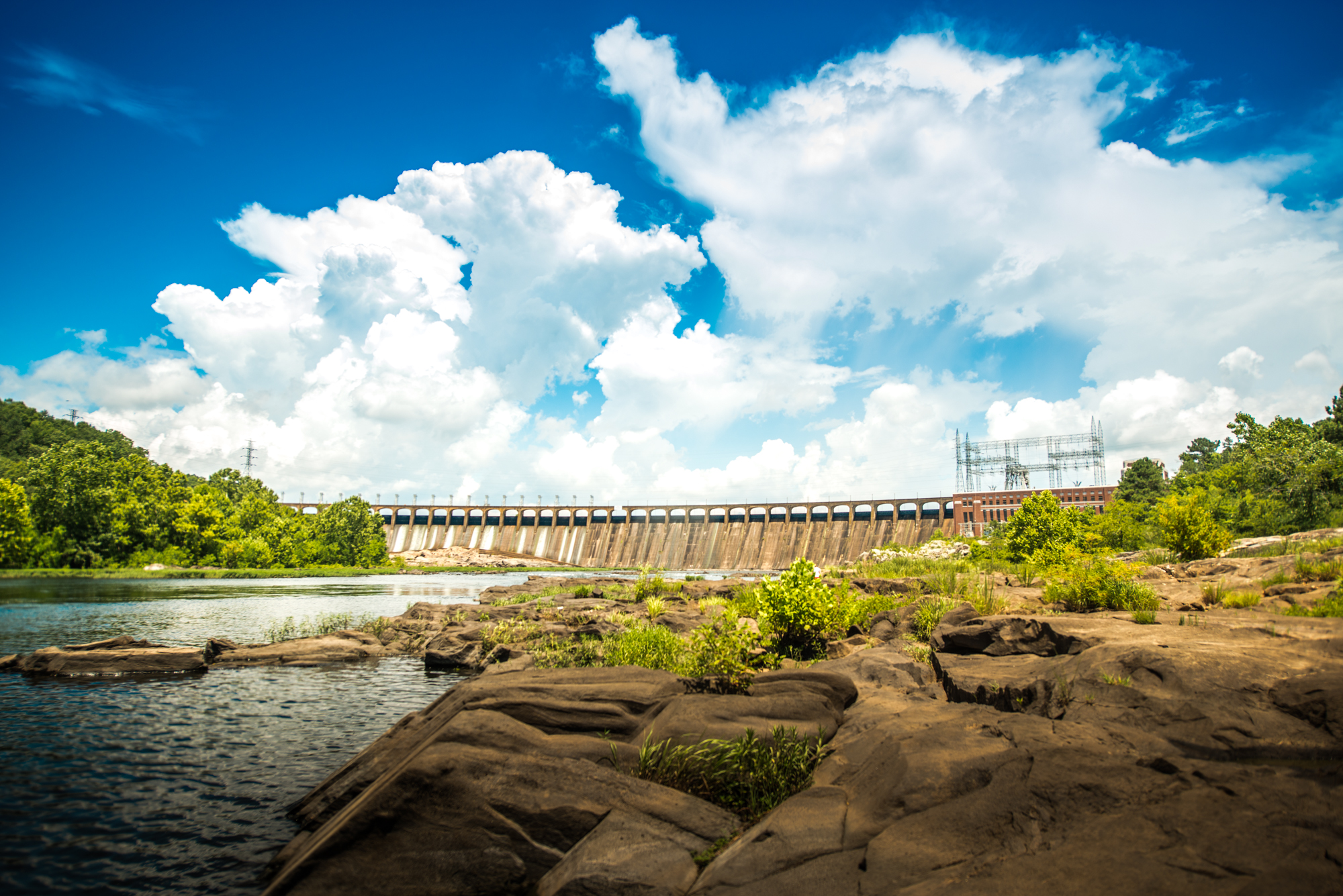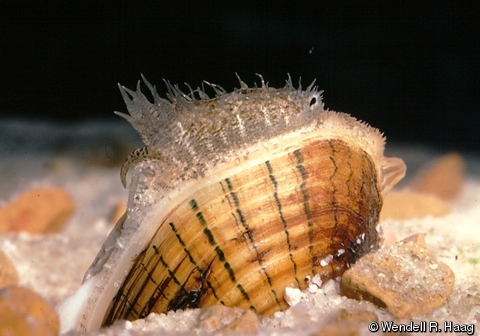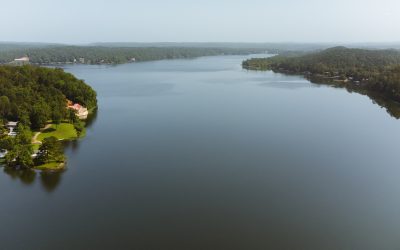Big Win for the Coosa & its Critters!
Last Friday a federal court tossed the decision by the Federal Energy Regulatory Commission (FERC) to grant the Alabama Power Co. a 30-year license to operate the hydropower dams on the Coosa River. The case was filed by American Rivers and Alabama Rivers Alliance, who were represented by the Southern Environmental Law Center, to challenge the outcome of the process that began in 2007. As a result, FERC will have to redo at least some of the licensing process to meet federal regulations, although no announcement has been made yet of how exactly FERC will handle this.
The Endangered Species Act requires the Fish & Wildlife Service to evaluate the impacts of a proposed project, like relicensing the Coosa dams, for the impact they may have on protected species and their habitat. The U.S. Court of Appeals for the D.C. Circuit found that the Fish & Wildlife Service failed to properly conduct their analysis in numerous ways.
Additionally, the Court found that FERC violated the National Environmental Policy Act by failing to fully consider the significant environmental impacts to fish passage and dissolved oxygen levels in the river. As such, the Court threw out the licensing decisions and instructed FERC to get it right.
While the next steps are not immediately clear, what is known is that FERC and the Fish & Wildlife Service will have to take a much closer look at the full impacts that the Coosa hydropower dams have on the environment and make sure those are well documented and mitigated before issuing an operating license. In the meantime, the average lake-goer or fisherman will not notice any difference to the way the lakes are operated. But, the new license could require additional improvements to facilitate fish passage or improve water quality.
Major Impacts of Coosa Hydropower Dams
1. Dissolved Oxygen.
- Dissolved oxygen levels are a major concern on the Coosa River. Without oxygen, fish can’t breathe.
- When the dams aren’t generating power, which is the majority of the time, the lakes frequently do not have enough oxygen to meet Alabama’s water quality standards, which we have argued are too lax anyways based on available fisheries science.
- For example, over 50% of the time during non-generation the oxygen levels dropped below the required 4.0 mg/L at Logan Martin and Lay Lakes in 2014, according to the Court’s ruling.
2. Fish Migration.
- The dams also prevent fish migration from one lake to the next, thus fragmenting populations and preventing some species like striped bass and sturgeon from reaching their spawning habitats. This is why striped bass must constantly be stocked into Coosa lakes and Alabama sturgeon are at or near extinction.
- According to the ruling, FERC acknowledged that the Coosa dams kill as many as 1.3 million fish per year by Alabama Power’s estimates when they are entrained in (or sucked into) the turbines. FERC however defied common sense and science by saying this was not significant.
- And thus the Court stated that, “The Commission’s acceptance, hook, line, and sinker, of Alabama Power’s outdated estimates, without any interrogation or verification of those numbers, is in a word, fishy. And it is certainly unreasoned.”
We’ll be sure to keep you updated as more information becomes available.

Logan Martin Dam, built in 1965, seen here in November 2017 as new equipment was being installed to enhance dissolved oxygen levels during generation. Photo (c) Frank Chitwood. Flight curtesy of SouthWings
This post was written by Staff Riverkeeper, Frank Chitwood.





